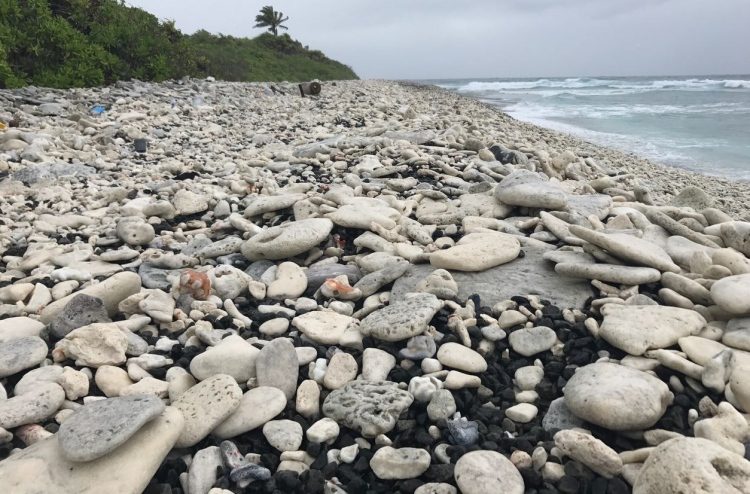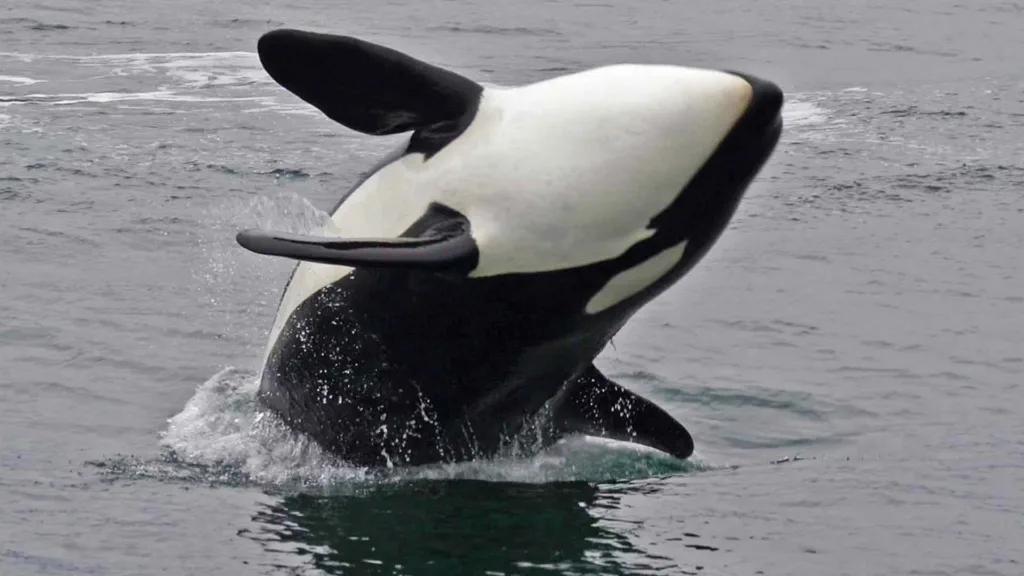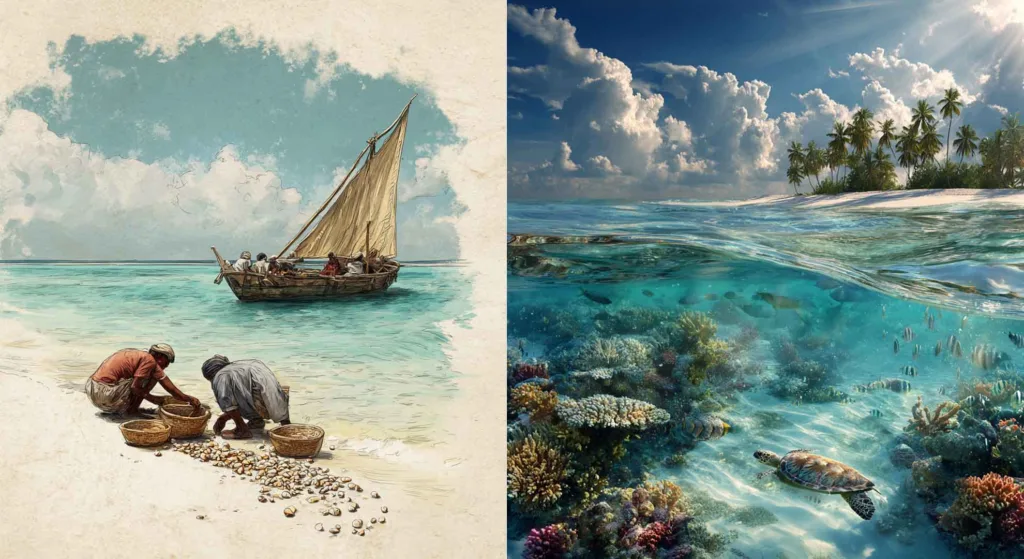
In the early days, cement was not available for construction work. People of Fuvahmulah produced uva or lime. For thousands of years, people have used lime as a building material. Lime-burners collect sedimentary rocks or akiri (pebbles) from the beach and carry them near theklin (uva vado). Digging the ground creates the kiln, which takes the shape of a massive crater. The kiln’s depth is normally 4 to 8 feet and 5 to 15 feet in its width. They used deeper and wider kilns to produce more lime.
At the bottom of the kiln, they spread lighter firewood. People fill the bottom of the kiln with the driest wood possible, and then they lay alternating layers of fuel and limestone. A narrow opening of about 1 to 2 feet is made from the bottom to the top, along the side of the kiln, so that fire can be ignited through the window of this passage. Once they create the bottom layer, they fill the kiln to the brim with pebbles.
Carefully fill the kiln with precisely measured amounts and materials (pebbles and wood in the required proportion). If the pebbles did not bake at a high temperature for long enough, they would not transform into lime, and the work would be in vain.
Fire will ignite the kiln from the bottom once it’s filled. And the fire spreads through the rest of the structure, setting the whole kiln on fire. The burning process lasts two to three days. People stay near the clinic to make sure no disruption occurs.
After making the lime, we pour water to extinguish the fire. When the fire dies down, the lime is collected and put into bags. Households then transfer the lime to fallavaa, a special place for lime storage. The lime is now ready for use in masonry projects. Typically, the kiln took a day to load, two to three days to burn, two days to cool, and a day to unload. The whole process continued for a week.



